Today I wanted to share an easy idea that combines melody composition with story-telling. Many of you are probably familiar with vocal explorations. I love the idea of vocal explorations and how simple yet effective they are. If you aren’t familiar with vocal explorations, here is an example of one you might see…
Vocal Explorations
Vocal explorations are typically used for vocal warmups. Students follow a lined path singing different pitches. The visual representation of those pitches is what inspired me a few years ago. I was looking at a vocal exploration and the thought came to me, Why not use the same idea but use those lines to be an inspiration for a composition? Many times when students are given a composition project, the first thing they say is, I don’t know where to start! I felt by providing a few tools, such as a simple line that moves up and down, would help inspire them to get started.
Story Telling
In comes story telling… Storytelling is a very powerful tool when creating a composition. After all, isn’t the music itself storytelling? Music drives emotions, imaginations, and engagement. I love stories and I love music and I love out of the box ideas, so I had my students do what I call a creative story composition. A creative story composition includes 3 components. A story, a “vocal exploration” line to inspire pitch and lastly, the music notation.
Combining Vocal Exploration and Story Telling
When these 3 elements are combined it looks something like this…
When my students are creating their creative story composition, I have them begin with the story. Typically a story is 8 different pages that will inspire their storyline and ultimately their composition. They look at the pictures and begin to write. Once their story is complete, they look at the lines that are in the picture to help inspire their melody. Now, I do let them know that if they have an idea that does not go along with the exploration lines, to “pitch that idea” and go with what they are inspired to do, instead. I have them play their ideas on the piano. I suggest they first pick a key (I recommend starting with C Major or A minor) and stick within the pentascale.
Once they have something they like, then I have them start notating their melody. Sometimes it is easier for them to quickly write the letter names, then come back with the rhythm and then the official notation. Whatever they prefer doing to get there is fine with me.
Then when they are all done with their story composition, I like to bind them in book format. Here is an example of one a few years ago that I bound.
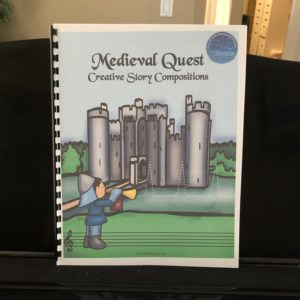
This year, I had my students do a mini-book. I just printed the pages so 4 pages fit on a page, cut and hole punched the pages. I then took some colored twine to bind the pages together.
Creative Story Compositions
You might notice that the creative story compositions just include the melody. Harmony can be added later, if desired, by either adding chord symbols or taking their notation and transferring it to staff paper (or a notation program) and adding in the bass clef notation they desire.
After everything is bound, they take their creative story compositions home. Students are very proud of their completed “storybook” and my hope is that it is something they will remember and continue to be inspired by when making music.
If you are interested in the creative story composition resources that I have created, you can find them all here. It is an individual studio/individual classroom license so you can print as many as you need for your students for years to come. If there is a theme you would like to see, just let me know. May they inspire your students!
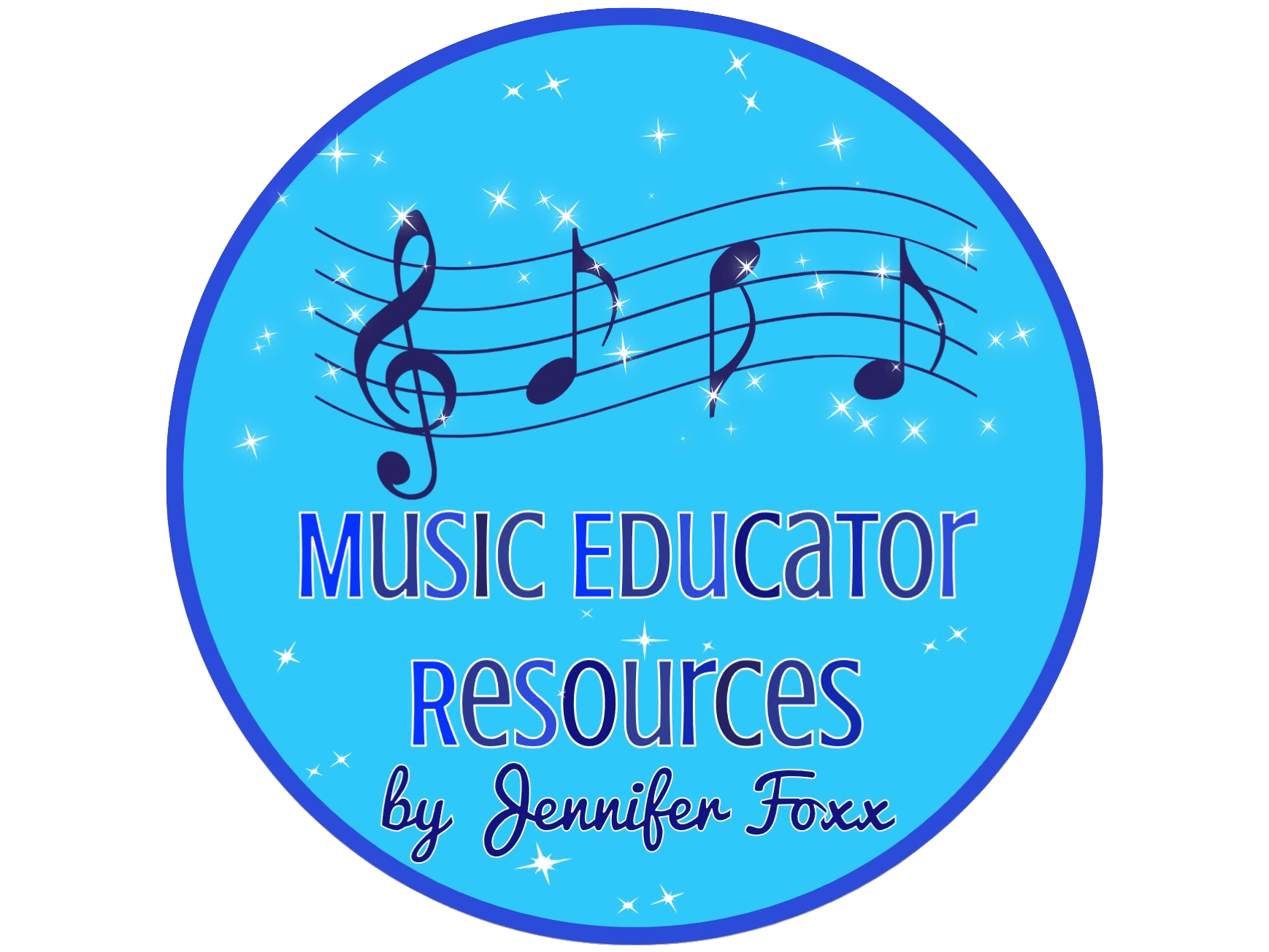
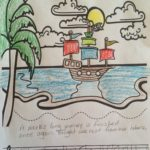
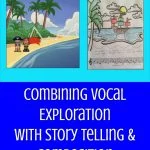
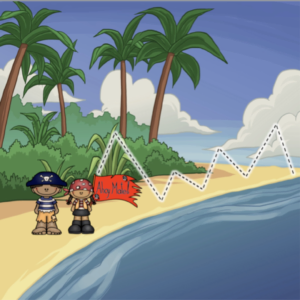
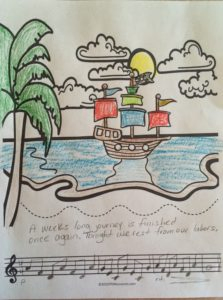
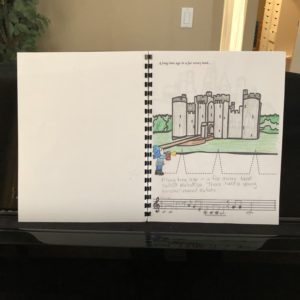
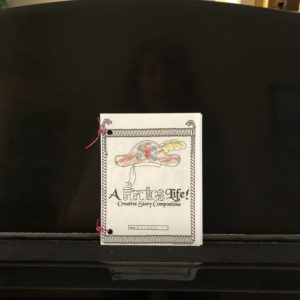
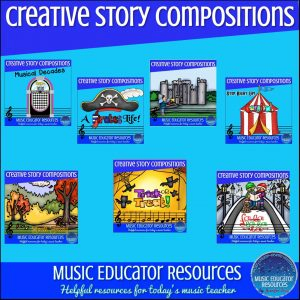
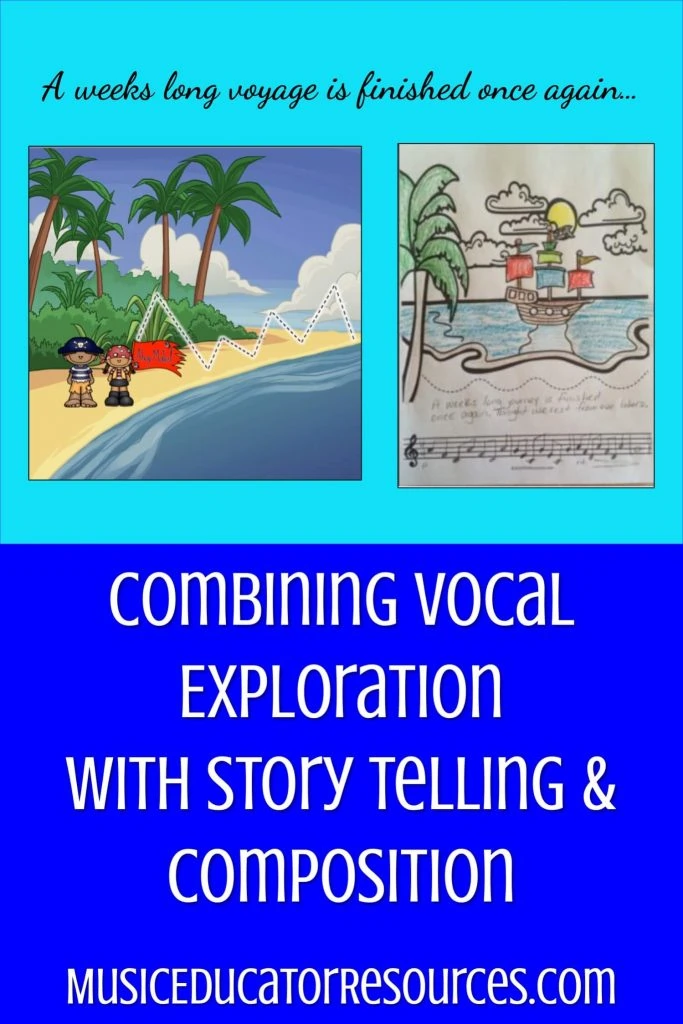
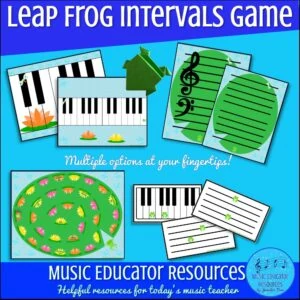
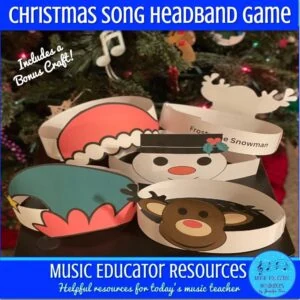
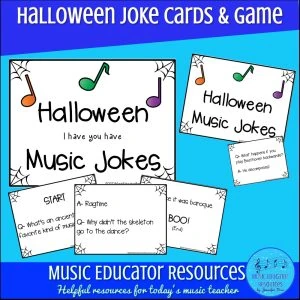
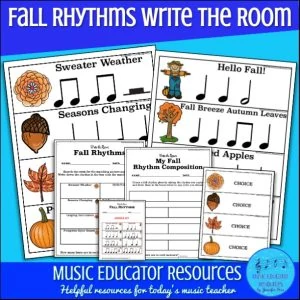
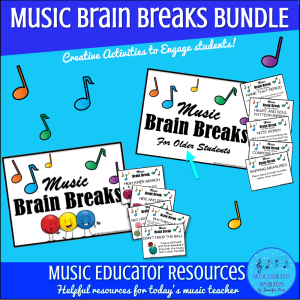
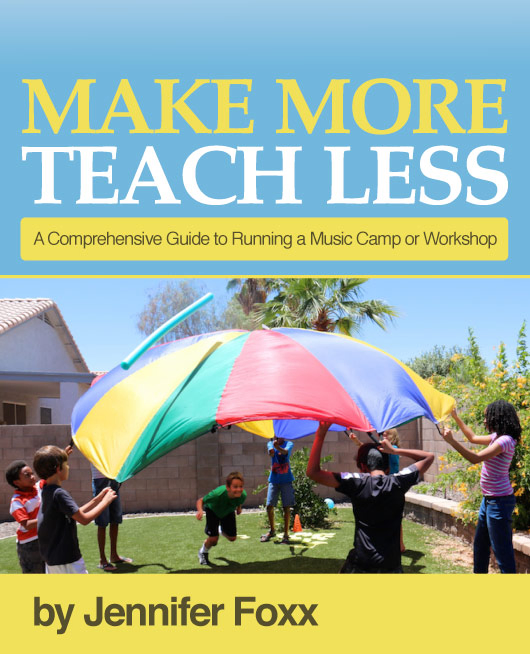
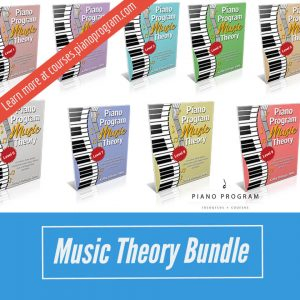
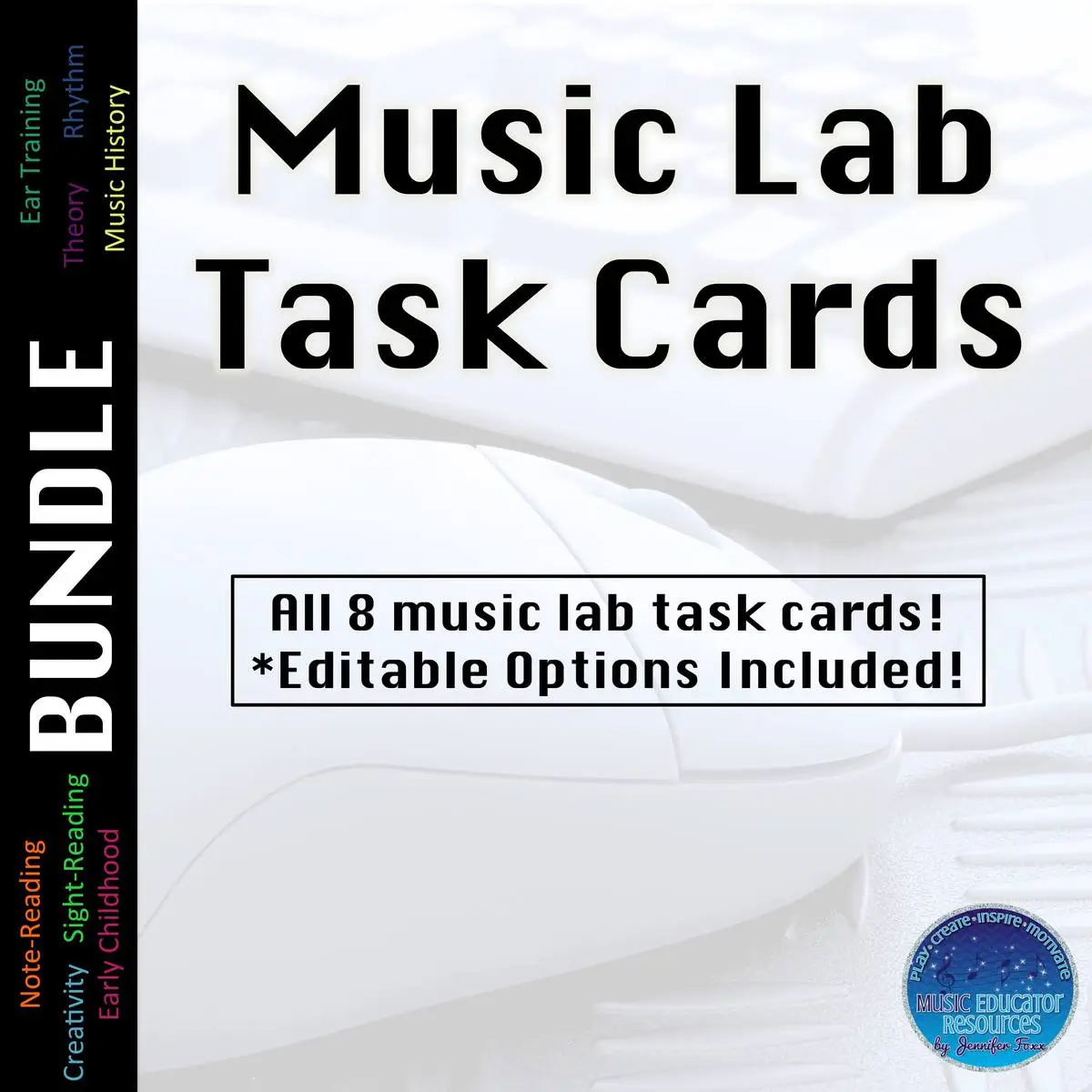
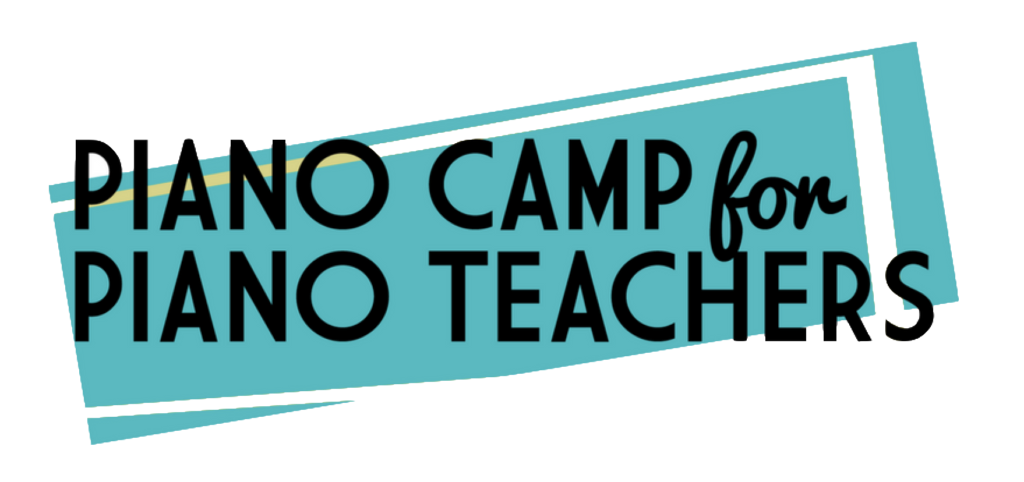
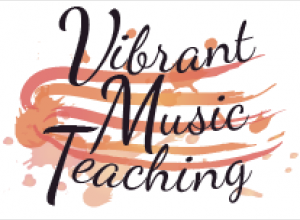
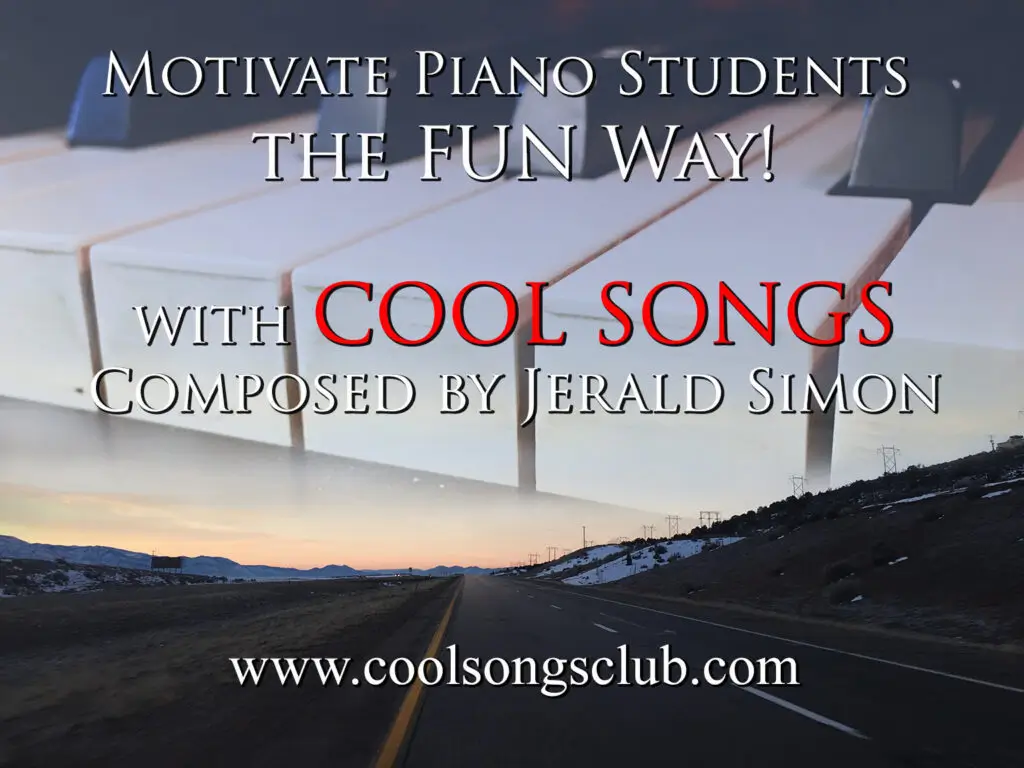
0 Comments